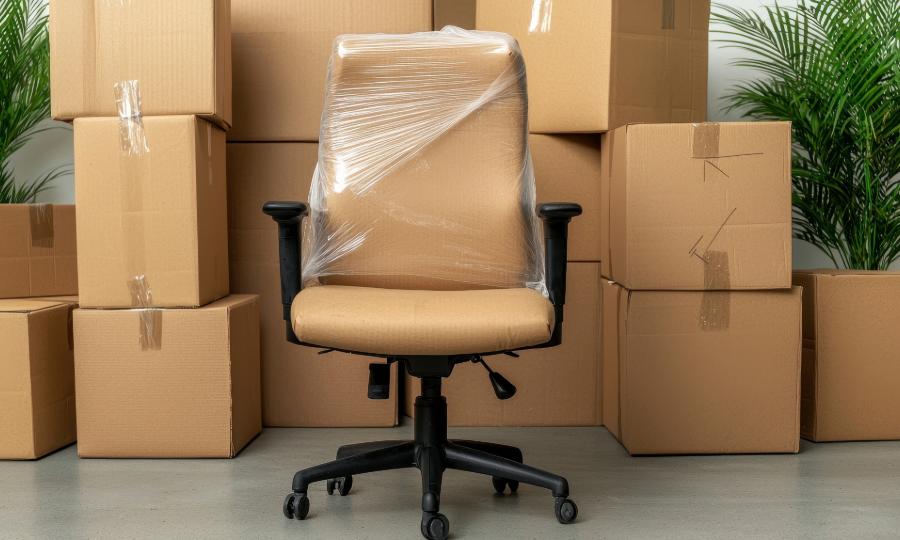
How to Conduct a Venue Inspection Before an Event
Hosting events in your venue is a great opportunity, but it also requires some precautions to protect your property. Conducting a venue inspection before and after each event is a key step to avoid unpleasant surprises and maintain a smooth relationship with event organizers.
Why Conduct a Venue Inspection?
1. Protect Your Venue and Avoid Disputes
A well-documented inspection helps establish the initial condition of your venue and note any potential damage after the event. If any issues arise, you’ll have proof to justify necessary repairs or deductions from a security deposit.
Avoid Misunderstandings About Pre-Existing Damage
If your venue already has minor imperfections (a crack in a wall, a scratch on furniture), documenting them before the event prevents disputes afterward. Organizers will also appreciate knowing they won’t be held responsible for existing damage.
3. Ensure Rules Are Followed and Equipment is Returned in Good Condition
If you provide furniture, technical equipment, or an audio system, inspecting them before and after the event prevents disputes over their usage. To ensure your rules are respected, make sure they are clearly stated in the booking agreement.
4. Easily Return the Security Deposit Without Issues
If you require a security deposit, a venue inspection justifies any necessary deductions in case of damage. If everything is in order, you can quickly return the deposit to maintain a good relationship for future bookings.
How to Conduct a Venue Inspection Before an Event
A proper venue inspection happens in two stages: before and after the event. The goal is to ensure full transparency about the venue’s condition and prevent misunderstandings with organizers.
Before the Event: Document the Initial Condition
Before welcoming an event, take time to thoroughly inspect all areas that will be used. Photograph or film each space, ensuring that the images are dated. Visual evidence is valuable in case of disputes. Pay special attention to areas prone to damage, such as furniture, walls, floors, and technical equipment.
If any elements already show signs of wear or damage, document them in detail. List scratches, cracks, or any visible defects. Once completed, present this document to the organizers before the event and ask them to sign it. This confirms they acknowledge the venue’s condition and helps prevent conflicts later.
After the Event: Check the Venue’s Condition
Once the event is over, conduct another inspection to compare the venue’s condition to its initial state. Review your photos or checklist and check for any new damage. Examine walls, floors, and furniture for marks, stains, or other issues. If you provided equipment, test its functionality and ensure everything is in place.
If any issues are found, discuss them immediately with the organizers. It’s always best to address concerns on-site rather than after they have left. If no damage is noted, both parties can sign the final inspection document. If a security deposit was collected, it can then be refunded without issue.
Final Thoughts
A well-prepared venue inspection protects your property while providing event organizers with a stress-free experience. It’s a crucial step in ensuring the sustainability of your venue rental business and preventing conflicts.
Conducting a venue inspection before and after an event is a simple habit that safeguards your venue, streamlines reservation management, prevents misunderstandings, and builds trust with organizers—all while keeping your venue in top condition for future events.